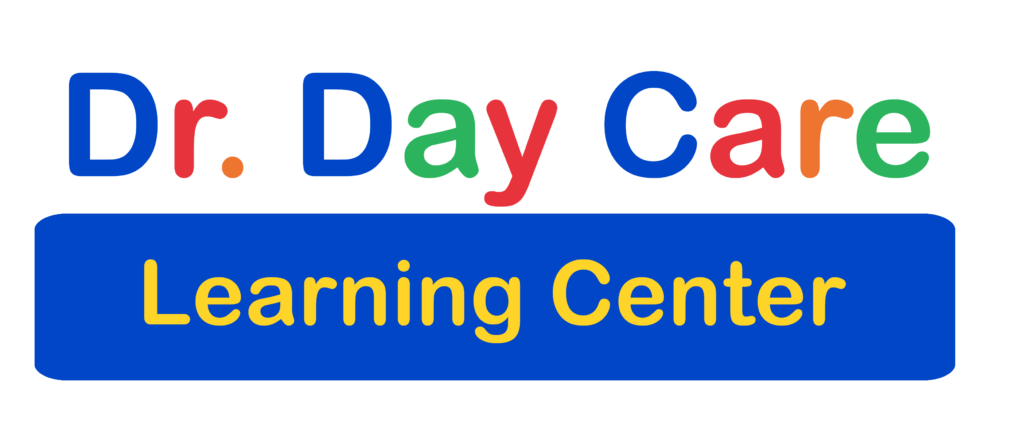December 2025
Creative Curriculum Study


Light
Monthly Topic


Exploring the Galaxy
Color


red = rojo
Shape


star = estrella
Numbers


7 & 8
Letters


L & P
Spanish Words


planet = planeta
light = luz
Spotlight Author


Sandra Boynton
Suggested Readings
Barnyard Dance
The Going to Bed Book
Pajama Time
When Pigs Fly
Snow, Snow, Snow
Woo Hoo! You’re Doing Great
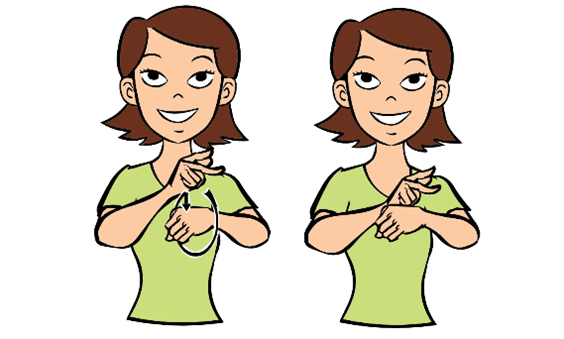

Planet
Sign Language


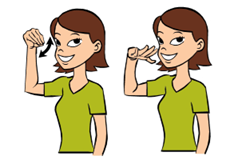

Light
Zoom, Zoom, Zoom
(rub hands together, back and forth while pointing them up in the air)
We're going to the moon.
Zoom, Zoom, Zoom
We're going to the moon.
If you want to take a trip,
Climb aboard my rocket ship.
Zoom, Zoom, Zoom
We're going to the moon.
5, 4, 3, 2, 1,
(hold 5 fingers up and count down)
Math & Measuring


Making comparisons
Young children learn about how objects compare when they examine small quantities of items (i.e. knowing that “two” is more than “one” or choosing the larger bowl for cereal over the smaller one). There are many everyday objects around your home that can help teach this.
Yoga Pose


Crescent
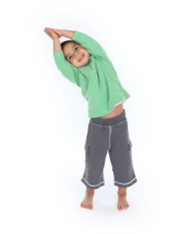

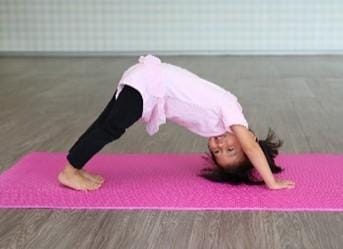

Spotlight On...


Mathematics
Knowledge of basic math concepts and the skill to use math operations to solve mathematical situations are fundamental aspects of school readiness and are predictive of later success in school and in life. The components within this domain address number sense and quantity; number relationships and operations; classification and patterning; measurement, comparison, and ordering; and geometry and spatial sense.
